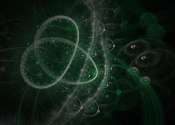Researchers examine competing states in high-temperature superconductors
High-temperature superconductors can transport electrical energy without resistance. Researchers at Karlsruhe Institute of Technology (KIT) have carried out high-resolution inelastic X-ray scattering and have found that high ...








